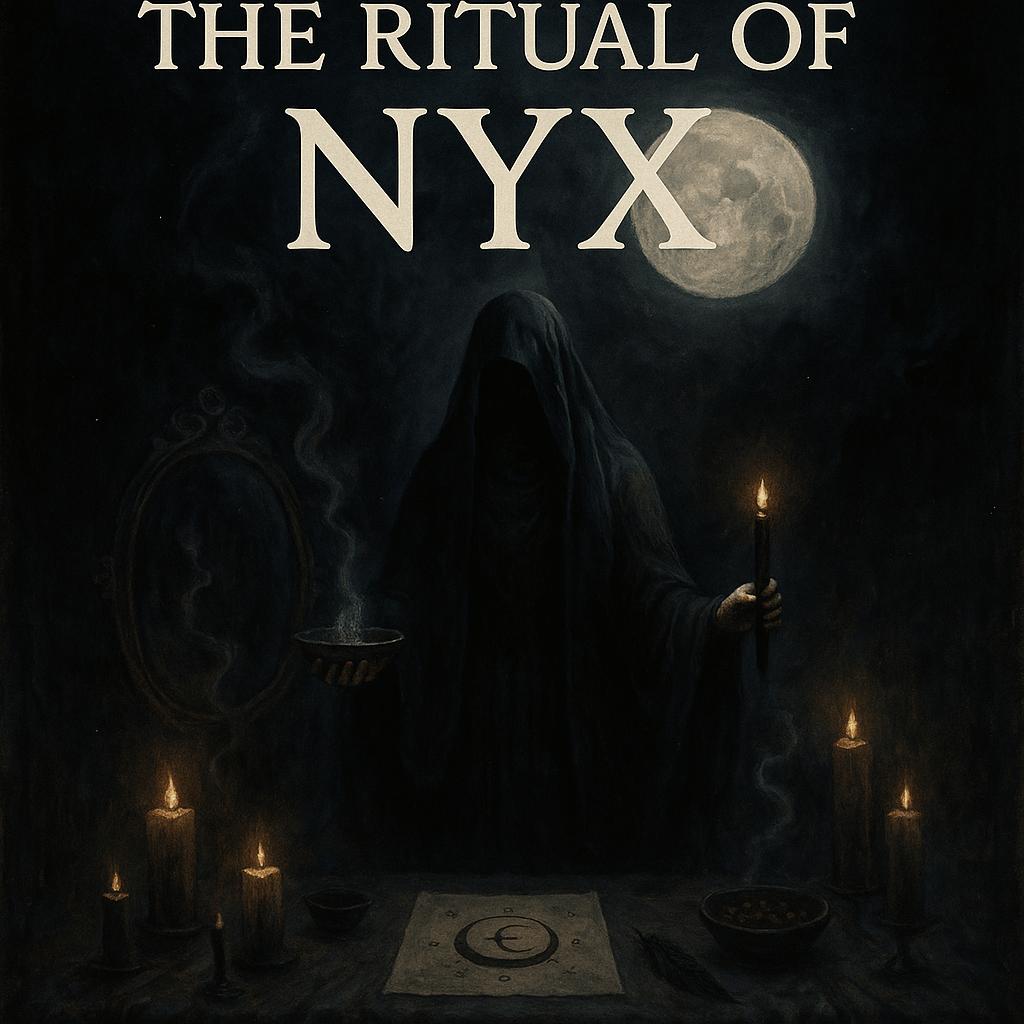Your cart is currently empty!

Empowering Your Craft: Crafting Your Own Ceremonies
Venturing into the sacred world of Pagan ceremonies is akin to opening a mystical tome filled with ancient secrets and powerful energies. It’s a journey that connects you to the divine, the rhythms of nature, and the ancestral wisdom that has guided spiritual seekers for eons. This comprehensive guide will not only provide you with the steps to create your own ceremonies but will also immerse you in the magical and historical depths of this sacred art.The Sacred Role of Ceremonies in Pagan WorshipCeremonies in Pagan traditions serve as potent conduits for divine energy and personal transformation. They are not mere rituals but sacred acts that honor the cycles of nature, mark significant life events, and deepen the practitioner’s connection with the gods, ancestors, and the universe. Each ceremony is a unique manifestation of faith, intention, and spiritual practice.Historical Roots of Pagan CeremoniesThe origins of Pagan ceremonies trace back to ancient cultures across the globe. From the Druids of the Celtic lands to the priestesses of ancient Greece, elaborate rituals were performed to honor deities and natural forces. These ceremonies, rich with symbolism, offerings, and invocations, were designed to align human activity with the cosmos. Understanding these historical practices can inspire and inform your own ceremonial crafting.Celtic RitualsThe Celts celebrated the cycles of nature with grand ceremonies, often held in sacred groves or near ancient standing stones. Their rituals included offerings to deities, the lighting of sacred fires, and the chanting of incantations. These practices were believed to ensure the fertility of the land and the well-being of the tribe.Greek MysteriesIn ancient Greece, the Eleusinian Mysteries were among the most revered ceremonies, dedicated to Demeter and Persephone. These rites involved secret rituals, dramatic reenactments, and initiations, believed to offer participants profound spiritual insights and a deeper connection to the divine.Key Elements of Pagan CeremoniesSteps to Craft Your Own CeremonyStep 1: Define Your IntentionYour intention is the driving force behind your ceremony. Reflect deeply on what you wish to achieve. Whether it’s celebrating a Sabbat, invoking protection, or seeking clarity, a clear purpose will guide the entire process.Step 2: Choose Your Tools and SymbolsSelect items that embody your intention. For instance, for a ceremony of protection, you might choose black and white candles, obsidian crystals, and symbols of strength or guardianship.Step 3: Create Your Sacred SpaceCleanse and set up your ceremonial space. Use sage, incense, or salt to purify the area. Arrange your tools and symbols thoughtfully on your altar.Step 4: Write Your InvocationCraft a heartfelt prayer or chant to invite the deities or energies you wish to work with. Speak from the soul, and let your words flow naturally.Step 5: Plan the Main CeremonyOutline the steps you will take. This could involve lighting candles, making offerings, chanting, meditating, or performing specific spellwork. Ensure every action aligns with your intention.Step 6: Perform the CeremonyEngage fully in the ceremony, staying present and focused. Visualize your intention manifesting as you move through each step.Step 7: Close the CeremonyThank the deities and energies for their presence. Close your sacred space by extinguishing candles, grounding yourself, and saying a closing prayer.Example Ceremony: Honoring HecateIntentionTo seek Hecate’s guidance and protection.Tools and SymbolsSacred SpaceSet up your altar with the candles, key, mirror, and obsidian stone. Light the mugwort incense to cleanse the space.Invocation“Mighty Hecate, Queen of the Night, Guide and protect me with your ancient light. Keeper of keys, you who stand at the gate, Lend me your wisdom, guard my fate.”Main CeremonyClosing“Thank you, Hecate, for your presence and light, May your wisdom guide me through the darkest night. Blessed be.”Extinguish the candles and ground yourself by touching the earth or holding the obsidian stone.Historical InsightsThe Winter Solstice, or Yule, has been celebrated for millennia across various cultures. Ancient Romans celebrated Saturnalia, a festival honoring Saturn, the god of agriculture. The Norse honored the solstice with feasts and fires, while the Celts marked the rebirth of the sun with evergreens and sun symbols. Understanding these historical traditions can deepen your connection to the past and enhance your own ceremonies.ConclusionIn conclusion, creating your own Pagan ceremonies is a profound and transformative experience, steeped in ancient wisdom and personal discovery. […]






